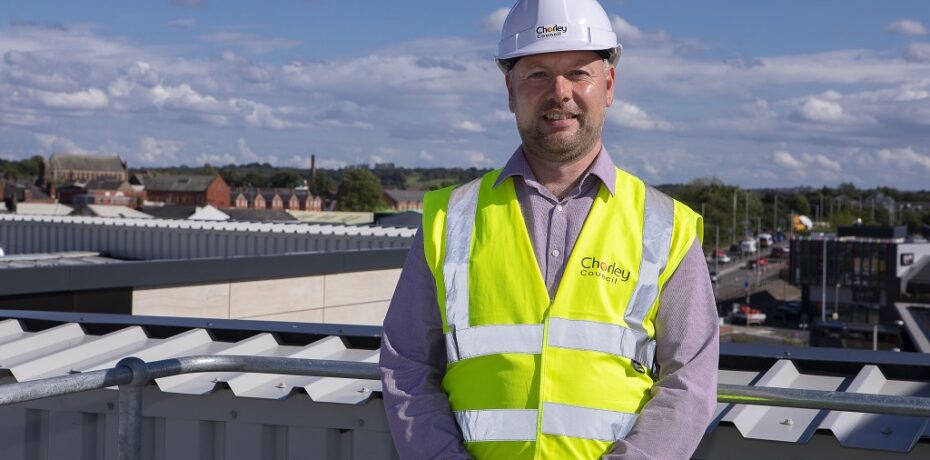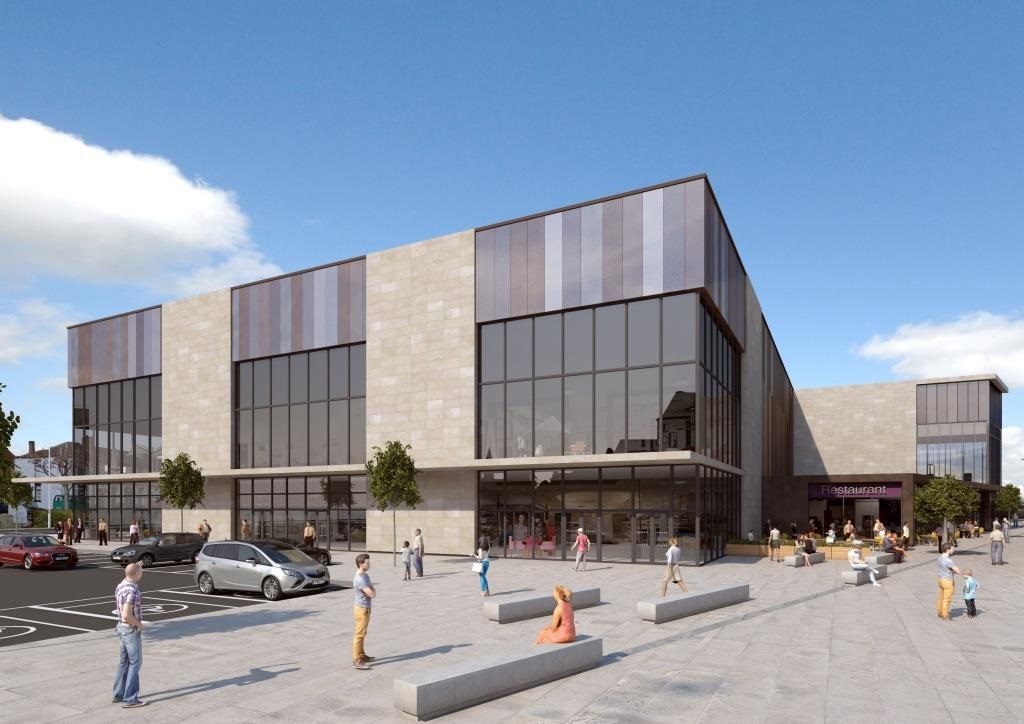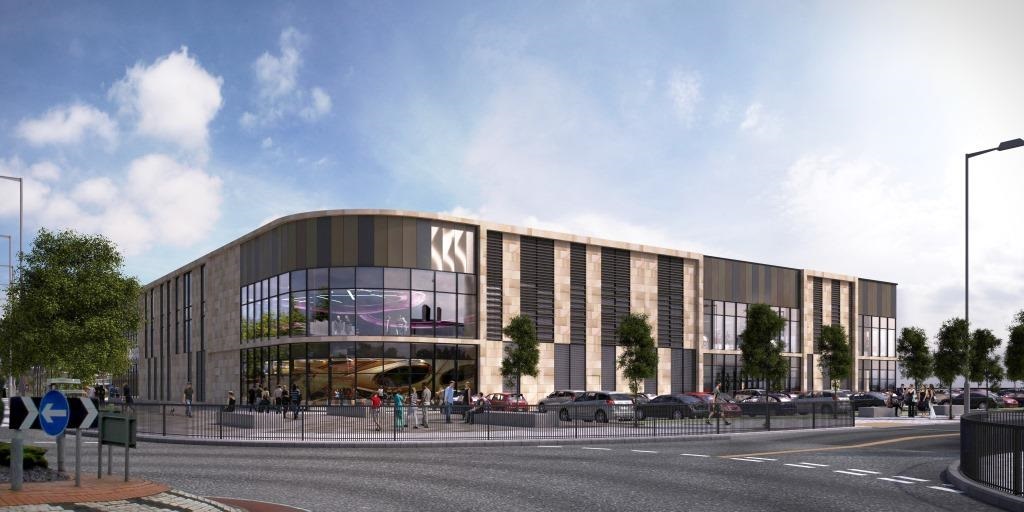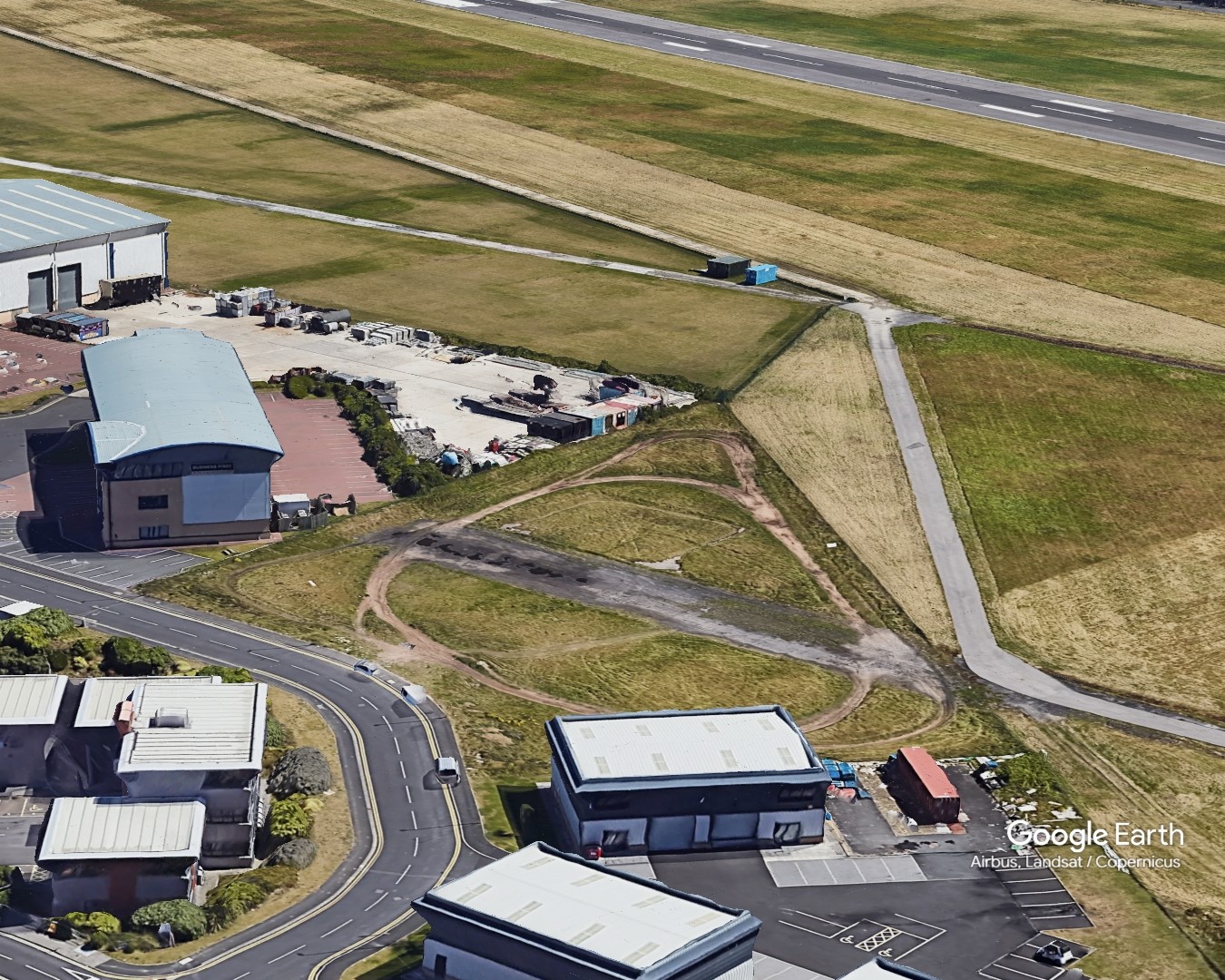CASE STUDY | £17m Market Walk saved Chorley from ‘stagnation’
Chorley Council bought the shopping centre from Orchard Street Investments for £23m in 2013 and commenced a large-scale regeneration scheme in 2018 involving a £15m, 79,000 sq ft retail and leisure extension led by main contractor Eric Wright Group and designed by AEW Architects. Here, Conrad Heald of Chorley Council tells his interviewer, AEW director Phil Hepworth, how the scheme came to fruition and has rejuvenated the town centre.
- What is the role of visionary local authorities in creating vibrant and sustainable town centres?
Towns are places that need to change – there always has been change as demand shifts and technologies evolve with each generation. In times of economic stagnation and increasing risk adversity among developers, local authorities must intervene to ensure the relevance of their particular ‘place’.
In the recent lifespan of Market Walk, several private landlords have had ownership of the site since 2008 when I started work for the council and saw redevelopment plans fall through as financial markets crashed.
At that time, residents wanted all the major High St shops that weren’t represented in Chorley. As the years passed and chain stores went into administration, Chorley was more resilient because we didn’t have those stores in the first place, but it was proving difficult to get the private sector to develop regeneration proposals in such a climate.
The council is proactive in making things happen, so in 2012 we started the process of acquiring the centre to be the driver of the town’s destiny and deliver on those endless private sector promises of bigger, better stores and a leisure offer that residents said was missing from the town centre and that would stop them going elsewhere for their needs.
- How did you find the development process, including dealing with the AEW team?
The redevelopment of such a prime town centre site was fraught with problems as the enablement works were far reaching, such as providing replacement parking capacity before commencing the main site. AEW was responsive and adaptive in helping the council tackle such a wide variety of enabling schemes ahead of delivering the main development.
AEW’s use of 3D modelling assisted our stakeholder engagement and decision making process. Many stakeholders and colleagues struggle to visualise from 2D plans, so the availability of printed 3D images and the scheme in virtual reality are invaluable tools in decision making and bringing the drawings to life. It also helped everyone to understand the relationship between different elements of the scheme and the scale of elevations.
- How has the scheme been received by Chorley residents, and is there anything you would do differently?
Prior to the Covid-19 pandemic, tenants were all thriving and residents flocked to the new facility and, more importantly, new customers came to the town centre so that all the other businesses benefitted from the development. This was our intention from the outset, so satisfying to see it come to fruition. We aimed to provide quality large-format retail and leisure, different from what was on offer before, and that is what we achieved.
At the time of writing, we have exchanged on a lease with a national retail chain that will occupy two units, and are in negotiations with a local specialist restaurant that will further complement what we have and take us to 92% occupancy by floorspace. The scheme has a lettable area of 73,600 sq ft. New prospective tenants are also impressed with the facility when visiting to see it in the flesh, as opposed to in CGIs and brochure drawings.
Things we may have done differently, or added, in hindsight, include: putting canopies over unit entrance doors in consideration of typical British weather; rethinking the deliveries strategy for the cinema, which uses its public lift to take stock to the first-floor lobby; ensuring there is suitable acoustic treatment between floors in all areas rather than just the cinema, and considering alternative M&E routes should unit configurations change, which they did.
- Has the combination of retail and leisure interventions been a catalyst for wider regeneration and increased footfall in Chorley, for example in the evenings?
Most of the incremental footfall came in the evening and weekends, which, for Chorley, was typically where the market had been declining for several years previously. Any offer for cinema, tenpin bowling, adventure golf or a high street restaurant chain had to be sought outside Chorley and the development was key to retaining local spend with a more convenient location for our residents. Being in the town centre it has plentiful parking, bus station and railway station all on its doorstep.
The success of the scheme certainly gives the council more confidence in planning for further redevelopment and we currently have a Future High Street Fund submission underway for a new mixed-use civic square.
- How important is well designed public realm for the overall scheme and how people use it?
The public realm improvements are crucial to setting the scene for the development. Yet this part of a project can be quite subjective and often the first area to look to when making cost savings. The council was fortunate to already have a town centre public realm masterplan it was working towards, and the Market Walk scheme enabled a large proportion of that to be completed at the same time.
Town centres are increasingly becoming gathering places to dwell and enjoy company, so providing green and welcoming places to do that is essential. All food and beverage operators look for some external space attached to their units, so that is also important in the design stages.
Unfortunately, terrorism prevention and crime and disorder are important considerations now when creating places for people to gather in large numbers and a de-cluttering approach isn’t always achievable. Making the spaces available and accessible to all is also key when considering street levels and furniture placement.
- Chorley is a renowned market town. How does the development support the traditional weekly markets that have been held there for over 500 years?
The market traders have been very patient and supportive of the new development and their input was essential in achieving the finished. Before we could commence anything, we had to relocate the famous weekly Tuesday Flat Iron market off the Flat Iron car park and into the pedestrian streets of the town centre. Something that could have been one of the most difficult things to achieve was, in hindsight, one of the easiest parts of the project due to good planning and communication.
The traders were particularly concerned over the loss of nearby parking, which is one of the reasons the council committed to replacing it all, plus some, before starting to reduce the capacity of the Flat Iron car park to make way for the new development.
Now everything is complete, the new and old complement each other and offer a great diverse town centre offer to our residents and market visitors from far afield. The Covered Market is just about to undergo its own transformation, with a £600,000 investment planned to improve and upgrade the market in keeping with the Market Walk extension.
- We are in a challenging period for retail. How has Covid-19 and the economic slowdown impacted Chorley town centre?
Even before Covid, we were seeing a switch to convenience shopping rather than dwelling and browsing, so more experiential and leisure-based offers were needed to encourage shoppers to stay longer. Chorley’s famous markets were crucial to this and sustained good footfall by attracting visitors from across the region including many regular coach trips.
The impact of Covid-19 has been significant, however, as a market town with great connectivity and convenience shopping, Chorley has been resilient throughout and footfall is returning. The leisure operators in the new development were hit the hardest with the restrictions in place for cinemas and tenpin bowling having a significant impact, but the other new tenants such as M&S Food and Loungers have continued to thrive. The recent signing of new tenants in the current climate show the potential for Chorley as a destination and the confidence of both occupiers and visitors in what the town can offer.
While there is talk of the disruptive potential of retail technology, there is little evidence of it in traditional market towns other than contactless payments becoming more the norm now across all demographics. Retailers are looking for space where they can utilise multichannel opportunities such as click and collect or home delivery hubs from existing stores, but they still rely on day-to-day footfall through the front door. Town centres need to provide what visitors want, such as affordable and easy parking, to attract regular visitors.
- What’s next for Chorley?
In the short term, Chorley, like many towns, is in a recovery period and assessing the impact of Covid-19. Not only has the physical environment of shopping changed but so too have shoppers’ habits, with more people working from home and demographics that perhaps previously wouldn’t have entertained online shopping now being forced to do so, and perhaps even preferring them. There is a vast amount of re-education needed for business owners and visitors to keep everyone healthy, and local authorities nationwide are investing a lot of effort into creating an environment where people feel safe.
In the longer term, Chorley Council continues to invest in and have ambitious plans for a new Civic Square as part of its Future High Street Fund bidding process. This will drive civic quarter public realm improvements in a complementary fashion to Market Walk.
- What would be your top three pieces of advice to other town centres going through similar changes?
Be clear about what your vision is and why you are doing it, don’t be afraid of radical and controversial schemes if it is the right thing to do, and ensure good communication with all stakeholders about progress. If things go wrong or hit delays, tell people and explain why.
Conrad Heald is service lead, commercial and assets, at Chorley Council







